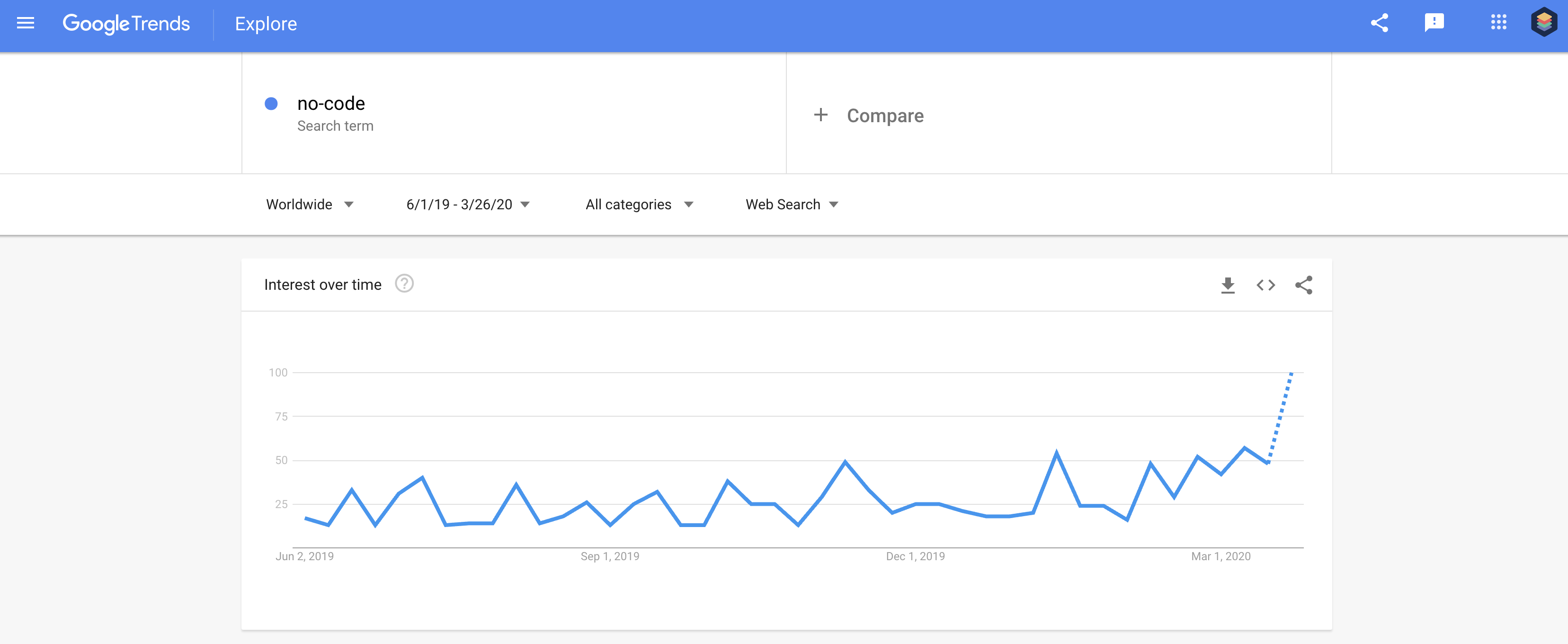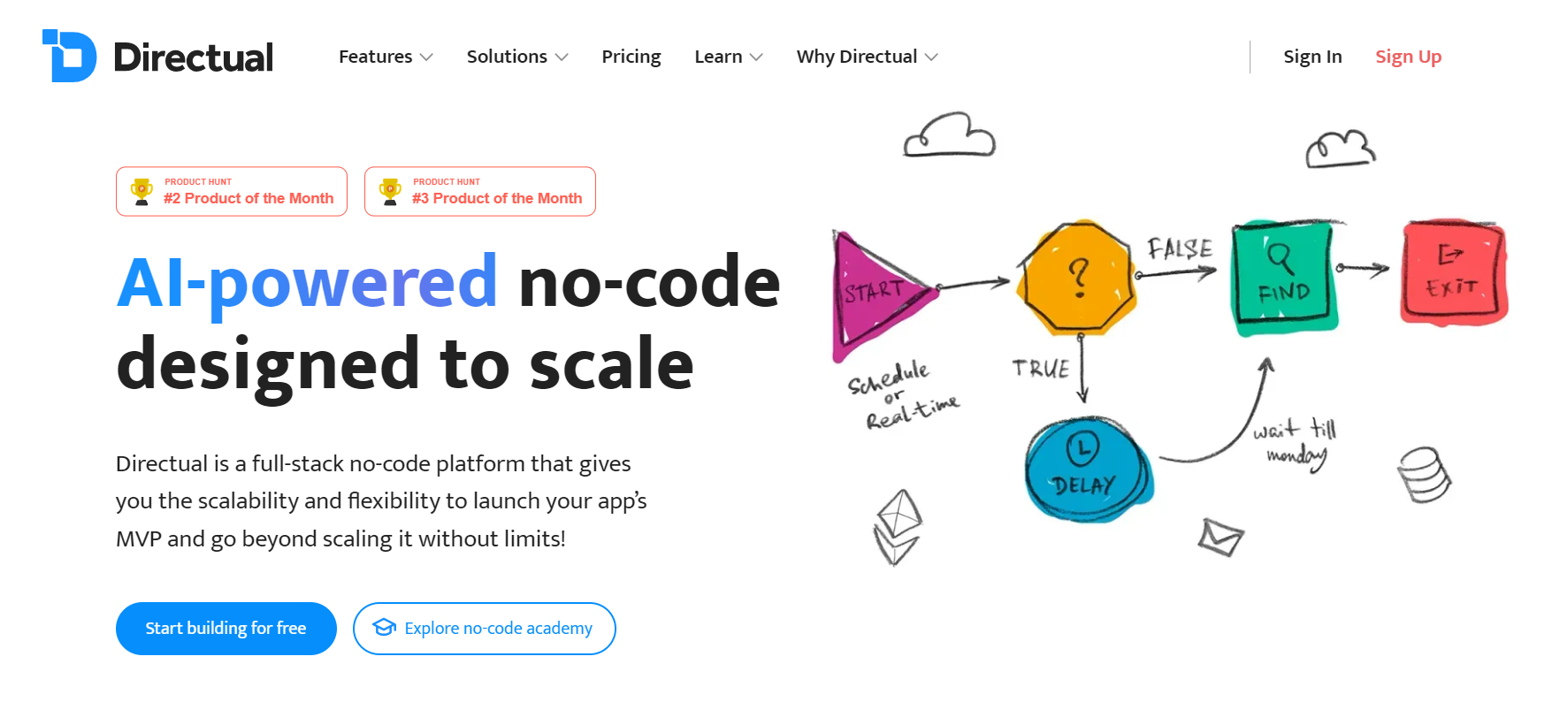Why No-Code is the Future of Open System Data Source Development for Companies
Why No-Code is the Future of Open System Data Source Development for Companies
Blog Article
A Comprehensive Overview to Applying Scalable Data Sources Without the Demand for Coding Expertise
In the contemporary landscape of data administration, the capability to carry out scalable data sources without coding know-how is coming to be increasingly essential for organizations of all sizes. This guide aims to illuminate the process, concentrating on straightforward tools and intuitive interfaces that debunk data source setup. By checking out key functions, efficient techniques for execution, and ideal practices for ongoing administration, we will deal with exactly how even non-technical individuals can with confidence browse this facility surface. What are the important elements that can really equip these customers to take advantage of scalable databases successfully? The responses may redefine your strategy to data administration.
Understanding Scalable Data Sources
In the realm of modern-day data monitoring, scalable databases have actually become a vital service for companies seeking to take care of enhancing quantities of info successfully. These databases are created to accommodate development by allowing for the smooth addition of sources, whether via horizontal scaling (including much more equipments) or upright scaling (upgrading existing devices) This adaptability is vital in today's fast-paced electronic landscape, where information is generated at an extraordinary rate.
Scalable databases commonly use dispersed styles, which enable data to be spread out throughout multiple nodes. This distribution not only boosts efficiency but also supplies redundancy, making certain data availability even in case of equipment failings. Scalability can be a vital aspect for numerous applications, including e-commerce platforms, social networks networks, and huge information analytics, where customer need can rise and fall significantly.
Additionally, scalable data sources frequently feature durable information consistency models that balance efficiency and reliability. Organizations should consider their particular needs, such as read and write speeds, data stability, and mistake resistance when selecting a scalable database service. Eventually, recognizing the underlying concepts of scalable data sources is essential for businesses aiming to prosper in a significantly data-driven globe.
Secret Features to Seek
When evaluating scalable databases, numerous vital functions are extremely important to ensuring optimal efficiency and integrity. Firstly, take into consideration the architecture of the data source. A dispersed design can improve scalability by allowing information to be kept across numerous nodes, assisting in seamless information accessibility and processing as demand rises.
One more vital function is data dividing, which allows efficient monitoring of big datasets by dividing them right into smaller sized, extra workable pieces (no-code). This approach not just enhances performance however also simplifies source appropriation
In addition, try to find durable duplication capacities. This function ensures data redundancy and high schedule, lessening downtime during maintenance or unanticipated failures.
Efficiency tracking devices are also crucial, as they offer real-time understandings into system health and wellness and operational effectiveness, permitting timely changes to maintain ideal efficiency.

User-Friendly Data Source Devices
Simpleness is an essential aspect in the layout of user-friendly database devices, as it enhances availability for users with varying levels of technological competence. no-code. These tools focus on intuitive interfaces, making it possible for users to develop, manage, and inquiry data sources without requiring extensive programming knowledge
Key attributes usually consist of drag-and-drop performance, aesthetic data modeling, and pre-built layouts that simplify the configuration procedure. Such tools usually see this page provide led tutorials or onboarding processes that promote user interaction and reduce the discovering contour. Furthermore, smooth integration with prominent information sources and services makes certain that users can quickly import and export information, further simplifying procedures.

Moreover, robust assistance and community sources, such as online forums and documentation, boost the user experience by giving aid when needed. Overall, user-friendly data source devices equip organizations to harness the power of scalable data sources, making information administration easily accessible to everybody involved.
Step-by-Step Implementation Overview
Just how can companies efficiently carry out scalable data sources to meet their growing data demands? The process starts with identifying certain data demands, consisting of the volume, range, and velocity of information that will certainly be processed. Next off, companies ought to review user-friendly data source devices that provide scalability attributes, such as cloud-based solutions or handled data source services.
When the appropriate tool is chosen, the following step includes setting up the database atmosphere. This includes setting up instances, specifying individual consents, and developing data frameworks that straighten with organization purposes. Organizations should then move existing information into the brand-new system, ensuring information integrity and very little interruption to procedures.
Post-migration, conducting detailed testing is essential; this consists of efficiency screening under numerous load conditions to guarantee the system can deal with future growth - no-code. Furthermore, it is necessary to educate team on the data source monitoring user interface to promote smooth use
Ideal Practices for Monitoring
Reliable monitoring of scalable data sources calls for a strategic approach that prioritizes explanation recurring monitoring and optimization. To achieve this, organizations ought to execute robust tracking devices that give real-time understandings right into data source efficiency metrics, such as query reaction times, source application, and deal throughput. Consistently assessing these metrics can aid determine traffic jams and locations for enhancement.

Normal back-ups and disaster healing strategies are necessary to secure information stability and schedule. Establishing a regular for testing these backups will certainly make sure a reliable healing procedure in instance of an unforeseen blog here failure.
In addition, efficiency adjusting should be a continual procedure. Adjusting indexing approaches, maximizing inquiries, and scaling resourcesâEUR" whether vertically or horizontallyâEUR" will certainly help maintain ideal performance as use demands develop.
Lastly, cultivating a society of understanding sharing amongst employee will certainly enable constant knowing and adjustment, guaranteeing that the monitoring of scalable databases continues to be effective and effective over time.
Final Thought
To conclude, the application of scalable data sources can be successfully achieved without coding competence with the application of intuitive user interfaces and straightforward devices. By adhering to the described approaches for configuration, information movement, and efficiency screening, people can navigate the complexities of database management easily. Highlighting finest techniques for recurring upkeep and cooperation more boosts the capacity to take care of scalable data sources successfully in a swiftly advancing data-driven setting.
In the modern landscape of information monitoring, the capacity to apply scalable data sources without coding proficiency is ending up being significantly crucial for organizations of all dimensions.In the world of contemporary information administration, scalable data sources have actually emerged as a crucial service for companies seeking to deal with enhancing quantities of details efficiently.Moreover, scalable data sources usually include robust information uniformity designs that balance efficiency and integrity.Exactly how can organizations effectively apply scalable data sources to satisfy their expanding information needs? Next off, companies should review straightforward database devices that use scalability functions, such as cloud-based solutions or took care of data source services.
Report this page